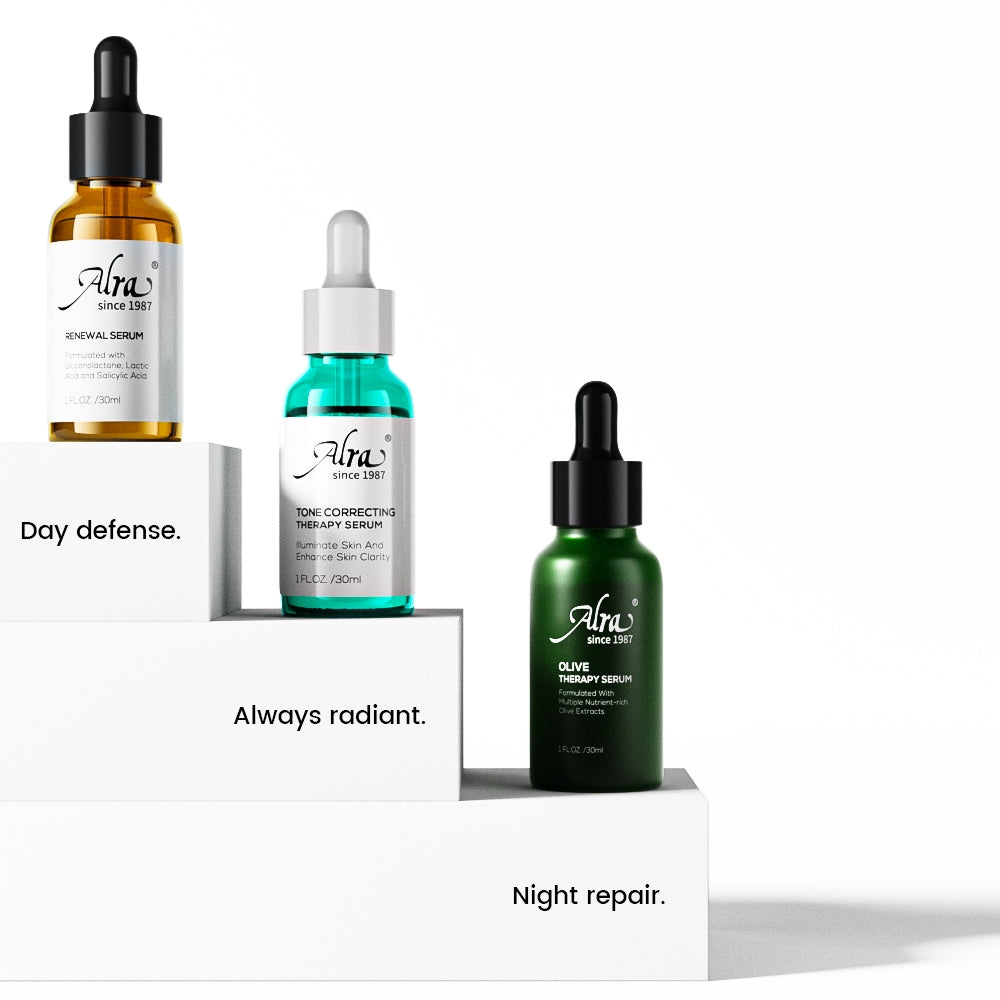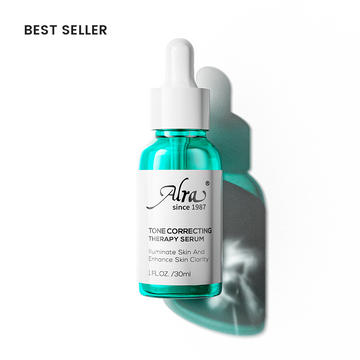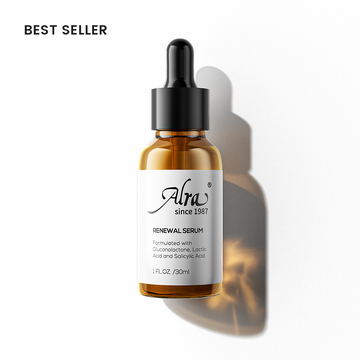What Are Blackheads and Clogged Pores?
A Simple Analogy
Why Do Pores Get Clogged?
- Excess oil production: Hormones, stress, or genetics can increase sebum.
- Dead skin buildup: Without regular exfoliation, dead cells accumulate and block pores.
- Improper cleansing: Heavy makeup or sunscreen that isn’t fully removed can worsen clogs.
- Overuse of harsh products: Stripping skin of oils can backfire, causing rebound oiliness.
- Environmental stress: Pollution and humidity can stick to your skin’s natural oil, making pores clog faster and leading to more blackheads.
Common Solutions for Blackheads (and What Works)
1. Proper Cleansing
Using a gentle, non-comedogenic cleanser twice daily helps remove dirt, oil, and leftover sunscreen without stripping your barrier. Avoid harsh foaming cleansers or bar soaps that can dry skin and trigger rebound oiliness.
2. Clay Masks
Clay (like kaolin or bentonite) absorbs excess oil and can temporarily minimize the appearance of pores. Great for oily or combination skin, but masks are a supplement and not a long-term fix, since they don’t address buildup inside the pore.
3. Retinoids
Vitamin A derivatives (like retinol or adapalene) increase cell turnover and help prevent future clogs. They’re effective but can be irritating for sensitive skin and require consistent use (often months) to see results.
4. Professional Extractions
Dermatologists or estheticians can manually remove stubborn blackheads. This is safe in a clinical setting, but at-home “pore squeezing” often leads to broken capillaries or scarring.
This is one of the most effective and widely recommended methods for blackheads. Instead of scrubbing, chemical exfoliants dissolve the “glue” that holds dead cells together and unclog pores from within.
Why Exfoliation Works Best for Blackheads
- BHA (Salicylic Acid): Oil-soluble, penetrates deep into pores to clear oil and debris.
- AHA (Lactic Acid, Glycolic Acid): Water-soluble, works on the surface to smooth and brighten.
- PHA (Gluconolactone): Larger molecules; gentle surface exfoliation while hydrating and supporting barrier health.
Gentle vs. Harsh: The Key to Long-Term Results
Where Alra Renewal Serum Fits In
What Makes It Different?
-
Triple-acid system:
- 2% Salicylic Acid (BHA) — clears pores and targets breakouts.
- 5.4% Lactic Acid (AHA) — brightens dull skin and smooths texture.
- 15% Gluconolactone (PHA) — gently exfoliates while hydrating and strengthening the barrier.
- Barrier support with Niacinamide (1%): Soothes redness, reduces sensitivity, and helps even tone.
- Multi-benefit renewal: Beyond clearing pores, the formula promotes collagen production, softens fine lines, and enhances overall glow over time.
How to Use Renewal Serum for Best Results
- Oily/acne-prone skin: 2–3 times per week.
- Normal/combination skin: 1–2 times per week.
- Sensitive/mature skin: Start once weekly and adjust as tolerated.
- Use at night after cleansing and before moisturizer.
- Always follow with sunscreen during the day — exfoliated skin is more sun-sensitive.
- Avoid layering with retinol or other strong acids in the same routine. Alternate nights if using both.
- Pair with hydrating serums or barrier creams to minimize potential dryness.











